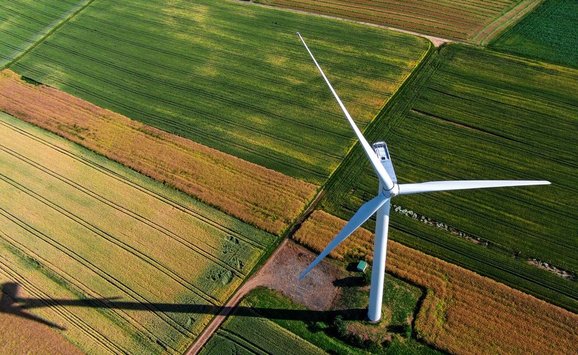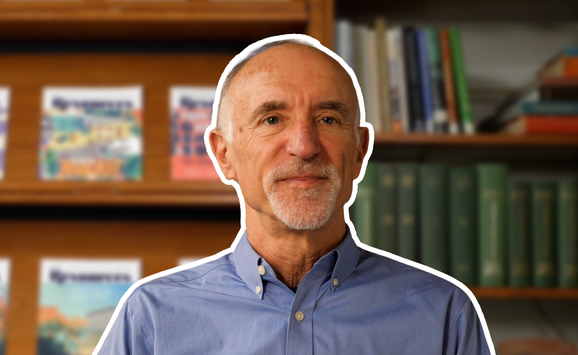Unnatural Disasters
Last month’s Black Forest fire in Colorado was the second-most costly fire in the state’s history. The El Paso County Sherriff’s Office “ruled out natural causes of the blaze,” which destroyed 486 structures.
RFF’s Sheila Olmstead and Carolyn Kousky agree that “a big part of each natural disaster isn’t ‘natural’ after all.” In an article for Resources magazine, they write: “US wildfire suppression, for example, is largely funded by federal and state taxpayers, not homeowners in fire-prone places, creating an implicit incentive to develop these areas. Our research confirms that in the western United States, development is greater on lands benefiting from federal suppression efforts, all else equal.”
Carbon Tax Impacts
NPR’s Planet Money recently tallied up the impact that a carbon tax would supposedly have on one average person as $410 for the first year. They discussed that the collected revenue could be returned to the public in lump sum rebates or—a “smarter” way—via income tax cuts.
In preliminary research results, RFF’s Jared Carbone, Richard Morgenstern, Rob Williams, and Dallas Burtraw find that “using carbon tax revenues to lower capital taxes (corporate taxes or personal income rates on interest, dividends, or capital gains) produces the largest economic benefits, roughly offsetting the economic cost of a carbon tax.” Returning the revenues to the public through reductions in payroll taxes or personal income taxes is less economically efficient than through capital tax reductions, though the differences are modest. However, lump sum rebates is the worst option for the economy. Watch a video of their results here and learn more about the impacts of a carbon tax here.
Coastal Flooding
The Senate Appropriations Committee last week approved a measure to delay increasing federal flood insurance premiums in the states that would be hit the hardest by the increases, such as Florida and Louisiana. However, critics of the delay are concerned that “people whose homes are at lower risk of being flooded will have to pay higher premiums to subsidize those living in flood zones.”
Following Hurricane Sandy, research by RFF’s Carolyn Kousky and Erwann Michel-Kerjan of the Wharton School of the University of Pennsylvania found that “many homeowners who sustained flood damage from Sandy did not have flood insurance policies,” with around only five percent of homes covered in some affected areas. View their results for New York and New Jersey, by zip code, in two maps here.




